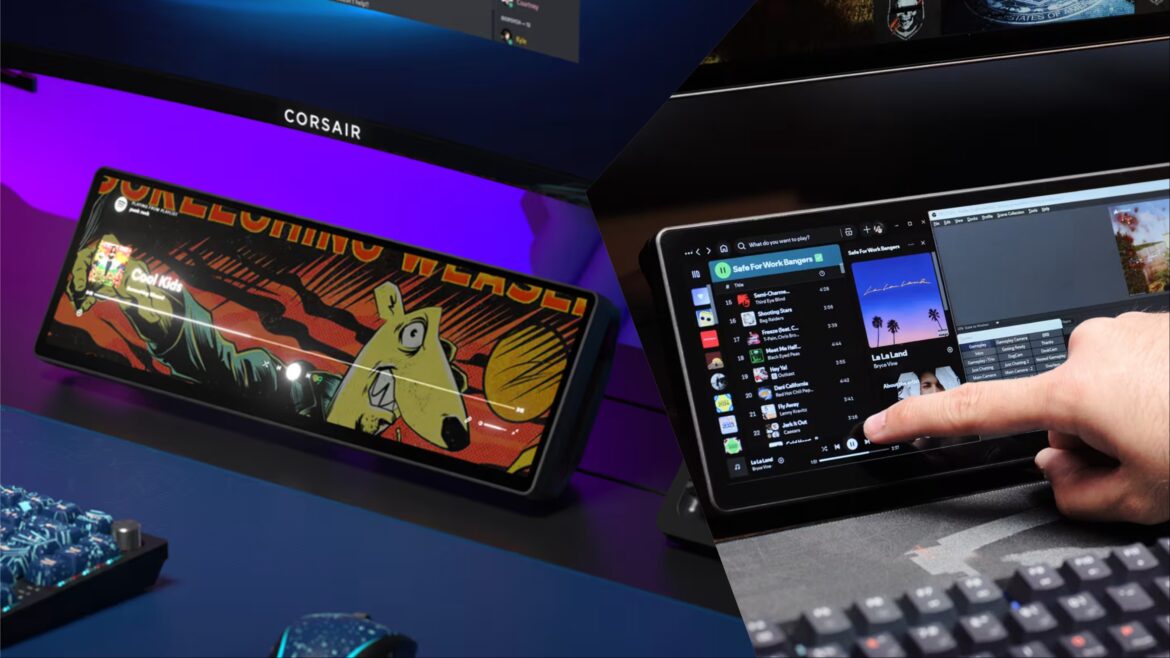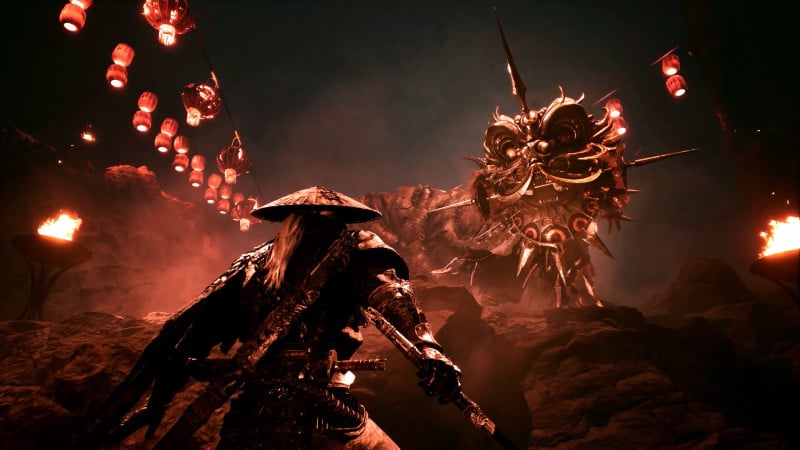- Major split hits Bitcoin community: Mow
- Bitcoin dusts every major asset: JAN3 data
Samson Mow, a major Bitcoin advocate and the JAN3 CEO, has voiced an issue that he believes the BTC community is getting divided over at the moment. His former employer from Blockstream and Satoshi Nakamoto’s ally, Adam Back, joined the discussion, leaving comments on his tweet.
Major split hits Bitcoin community: Mow
Samson Mow tweeted that he currently observes the Bitcoin community splitting into those who view BTC as “a vehicle for applied cryptography” and those who “are interested in Bitcoin as money.”
He is likely referring to the dispute that emerged in the community earlier this year as Bitcoin Core developers and node operators decided to eliminate the OP_RETURN size limit, th returning to Bitcoin Knots.
In May this year, the use of Knots showed a parabolic rise, quickly jumping to 137% with 1,890 Bitcoin nodes using Bitcoin Knots back then. In total, almost 6% of all BTC nodes switched to Knots back then. This decision was made to allow Bitcoin to be used beyond just payments.
What we are seeing is a split between those that are more interested in Bitcoin as a vehicle for applied cryptography and those that are interested in Bitcoin as money.
— Samson Mow (@Excellion) September 1, 2025
Blockstream founder Adam Back brought it down to the following: “the confusion is from people who don’t understand game theory and dislike nuance and those who do.”
You Might Also Like
Bitcoin dusts every major asset: JAN3 data
Samson Mow retweeted an X post published by the account of his company, JAN3, showing Bitcoin outperforming major traditional assets over the past years.
The X post contains an infographic showing “BTC versus Everything else”, that’s what it is titled.
Over the past 5 years, #Bitcoin has left every major asset in the dust. ⚡
Bitcoin has the best 5 Years CAGR with 58.2% and no stocks, gold, or bonds come close.
Bitcoin is in a league of its own. 🚀 pic.twitter.com/YLqLbwiGC4
— JAN3 Financial (@JAN3Financial) August 31, 2025
The “everything else” includes such indexes as QQQ, the S&P 500, as well as gold, silver, and IEF. Bitcoin has greatly surpassed all those assets during the last five years, the diagram shows with the caption of the tweet stating: “Over the past 5 years, #Bitcoin has left every major asset in the dust.”




